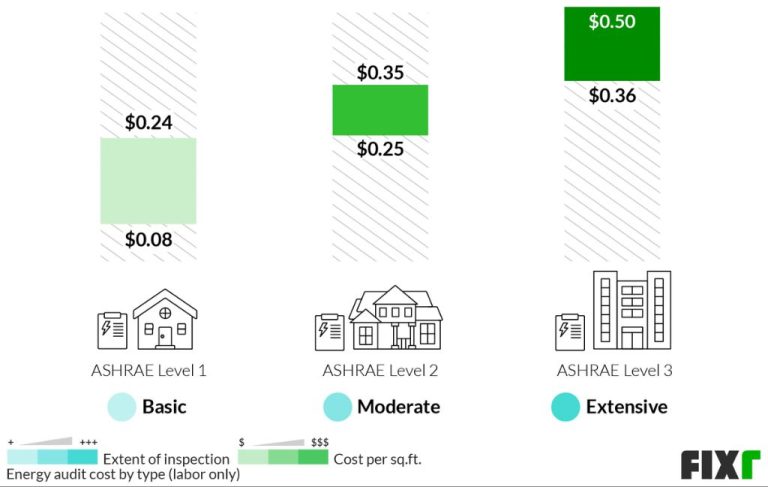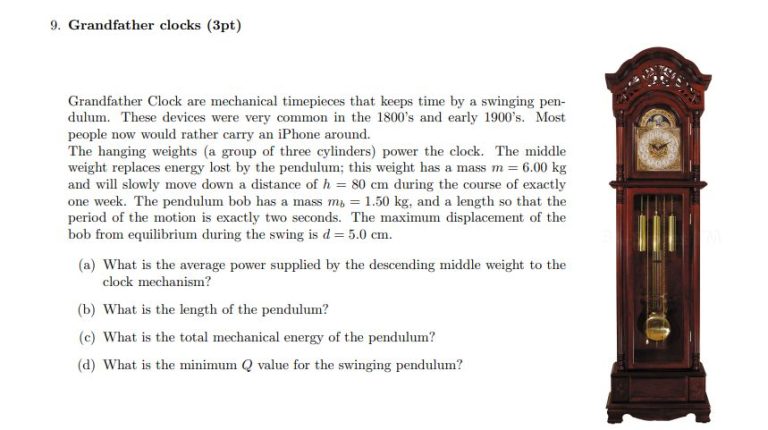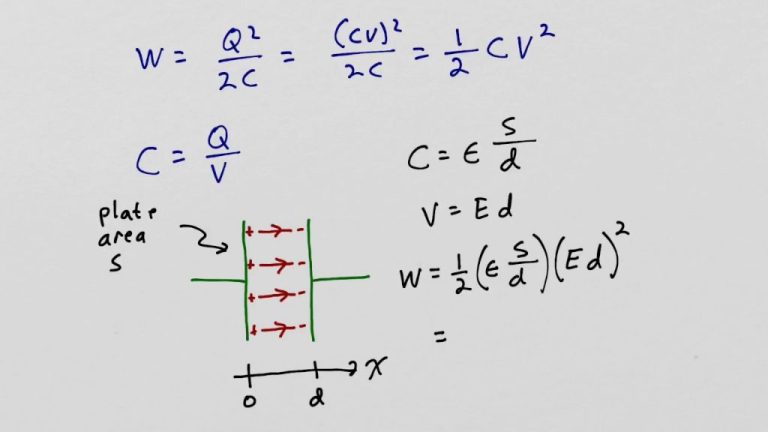Is Electrical And Light Energy The Same Thing?
Energy exists in many different forms that surround us each day. Two common forms of energy that power much of the modern world are electrical energy and light energy. Although we utilize these energy forms frequently, some confusion exists over whether they are actually the same thing. This article will examine the properties of electrical and light energy, compare and contrast them, and ultimately determine if they are identical or distinct manifestations of energy. Understanding the precise relationship between electrical and light energy will provide greater insight into how our technologies and world function on a fundamental level.
Definitions of Electrical and Light Energy
Electrical energy is the energy resulting from the flow of electric charge carriers such as electrons. Common sources that generate electrical energy include batteries, electric generators, solar panels, and piezoelectric/triboelectric effects. Examples of electrical energy utilization include electric motors, household appliances, computers, lighting, heating, and more.
Light energy, also known as electromagnetic radiation, refers to energy that is carried by photons at different wavelengths across the electromagnetic spectrum. The visible light that can be detected by the human eye is one form of electromagnetic radiation. Other examples include gamma rays, X-rays, ultraviolet radiation, infrared radiation, microwaves, and radio waves.
Properties of Electrical Energy
Electrical energy refers to the movement of electrons, which carries a charge. The key properties of electrical energy include:
Electric Current
Electric current is the flow of electric charge, measured in amperes (A). Current is generated by the movement of electrons through a conducting medium like metal wires. The greater the electric current, the more electrons are flowing.
Voltage
Voltage, measured in volts (V), represents the electric potential energy and electromotive force that causes electrons to flow in a circuit. Higher voltage pushes more electrons through the circuit in a given time.
Power
Electrical power, measured in watts (W), is the rate at which electric energy is transferred by an electric circuit. Power depends on the electric current and voltage. More current and higher voltage leads to more power being delivered.
Properties of Light Energy
Light energy has some unique properties that distinguish it from other forms of energy like electrical energy. Three key properties of light are wavelength, frequency, and speed.
Wavelength refers to the distance between consecutive peaks or troughs in a light wave. It is typically measured in nanometers (nm) or micrometers (μm). The wavelength determines the color of visible light – short wavelengths are violet and blue light while long wavelengths are red light.
Frequency refers to how many wave cycles pass a point per second. It is measured in hertz (Hz). Higher frequency light has more cycles per second. Frequency is related to wavelength and the speed of light – higher frequencies mean shorter wavelengths.
The speed of light in a vacuum is a universal constant, represented by the letter c. It is approximately 300 million meters per second or 186,000 miles per second. This speed is extremely fast, but light can still take time to travel astronomical distances between stars and galaxies.
These three key properties of wavelength, frequency, and speed distinguish light waves from other forms of energy like electricity. Understanding them is key to understanding the nature of light itself.
Similarities Between Electrical and Light Energy
Electrical energy and light energy share some key similarities despite being distinct forms of energy. Most notably, they are both able to do work and be converted into other forms of energy. This makes them extremely useful and versatile forms of energy.
For electrical energy, the movement of electrons through a conductor allows it to power electrical devices and appliances. That electrical energy can then be converted into motion, heat, sound, or light energy depending on the application. For example, an electrical motor converts electrical energy into kinetic energy to drive machinery.
Light energy, which includes visible light, ultraviolet light, and infrared light, is a type of radiant energy that can travel through space. When absorbed, light energy is converted into thermal energy or chemical energy. An example is photosynthesis in plants, where absorbed light energy enables a chemical reaction to convert carbon dioxide into sugars.
So while electrical and light energy have distinct characteristics and behavior, their core similarity lies in their ability to do work through conversion into other energy types. This makes both forms invaluable for powering devices, appliances, chemical reactions, and more in our daily lives.
Differences Between Electrical and Light Energy
While electrical energy and light energy share some similarities, they have key differences that set them apart:
Electrical Requires a Closed Circuit
Electrical energy requires a closed loop or circuit to flow through. It relies on a source of electromotive force like a battery to push electrons and create current. Without a complete, unbroken circuit, electrical energy cannot be transferred.
Light Can Radiate Freely
Light energy does not require a closed circuit. It can radiate outward as electromagnetic waves or photons without needing a loop. Light can travel freely through space as radiation.
Different Wavelengths
Electrical energy and light operate on different wavelengths. Electrical energy uses lower frequency wavelengths, while visible light utilizes much faster wavelengths. This allows light to carry more energy.
Light Can Travel Through Vacuum
One major difference is that light can travel through empty vacuum. Electrical energy requires matter to flow through. Light can propagate as waves without a medium due to its electromagnetic radiation properties.
Relationship Between Electrical and Light Energy
Electrical energy and light energy are closely related, and can be converted between each other. This happens through devices like light emitting diodes (LEDs), solar cells, and more. Light is a form of electromagnetic radiation, which means it is a type of energy that travels as waves. These electromagnetic waves that make up light can generate electrical currents when they interact with matter. Solar panels are an example of this – they absorb photons from sunlight and convert that light energy into electricity.
In LED lights, the opposite process happens. When an electric current passes through the LED, it excites electrons which then emit photons of light. So the electrical energy gets transformed into light energy. Laser diodes also work this way, converting electricity into coherent light beams. Overall, the ability to interconvert light and electricity enables many key technologies like solar power, fiber optic communication, lasers, and more. It shows that these two forms of energy, while having distinct properties, are fundamentally linked.
Examples of Electrical and Light Energy
Batteries and electrical currents are common examples of electrical energy in action. Batteries store chemical energy and convert it into electrical energy through electrochemical reactions. This electrical energy then powers numerous devices and applications. Electrical currents refer to the flow of electric charge, which can power everything from small circuits to nationwide power grids.
On the other hand, the sun and light bulbs illustrate light energy. The sun generates immense amounts of light energy through nuclear fusion reactions at its core. This light radiates outward, traveling long distances to provide light across the solar system. Light bulbs also produce light energy, typically through heating a filament or exciting gases and fluorescent materials. This produces visible light that illuminates homes, offices, and many other spaces.
So in summary, batteries and electrical currents demonstrate electrical energy, while the sun and light bulbs exemplify light energy in action. Looking at these real-world examples helps illustrate the distinct properties and roles of electrical versus light energy.
Historical Discovery
The nature of electricity and light as forms of energy has been explored and studied for centuries by scientists and inventors around the world. Some key discoveries include:
In ancient Greece around 600 BC, Thales of Miletus conducted experiments with static electricity by rubbing fur on amber and causing sparks. This was one of the earliest studies into the phenomenon of electricity.
In the 1600s, English scientist William Gilbert conducted extensive experiments with magnetism and static electricity, making the distinction between electricity produced by friction and that produced by a lodestone. He coined the term “electricity”.
In the 1740s, Dutch scientist Pieter van Musschenbroek invented an early capacitor, the Leyden jar, which could store static electricity. This allowed new discoveries into the properties of electricity.
In the late 1700s, Italian scientist Luigi Galvani discovered that electricity could make a dead frog’s leg twitch, establishing that animals use electricity for nerve impulses.
In 1800, Italian scientist Alessandro Volta built the first electric battery which produced a steady flow of electricity, known as current electricity. This allowed many new experiments and inventions.
In the 1860s, Scottish scientist James Clerk Maxwell unified theories of electricity and magnetism and predicted the existence of electromagnetic waves, laying the foundation for future study of light.
In the late 1800s, American inventor Thomas Edison pioneered the first practical lightbulb and electrical distribution system, bringing electricity and electric lighting into homes and businesses.
Over centuries of discovery, scientists uncovered the close relationship between electricity and light, both as powerful forms of energy that could be harnessed to transform the world.
Conclusion
In summary, electrical energy and light energy share some similarities but are ultimately distinct forms of energy. Both can travel through space as waves, and both can be harnessed to provide power and illumination. However, electrical energy involves the motion of electrons, while light energy involves electromagnetic waves and photons. While electrical energy requires a closed circuit to flow, light energy can radiate freely through space. Their effects also differ; electrical energy powers devices, while light allows us to see. Though interrelated through phenomena like electroluminescence, they operate according to different scientific principles.
The origins of electrical and light energy were uncovered centuries apart historically, but today we benefit immensely from applications of both forms of energy in our daily lives. Though related, electrical and light energy are fundamentally different manifestations of electromagnetic energy. Understanding their unique properties and relationship continues to unlock innovations improving how we power, see, and build technologies worldwide.






